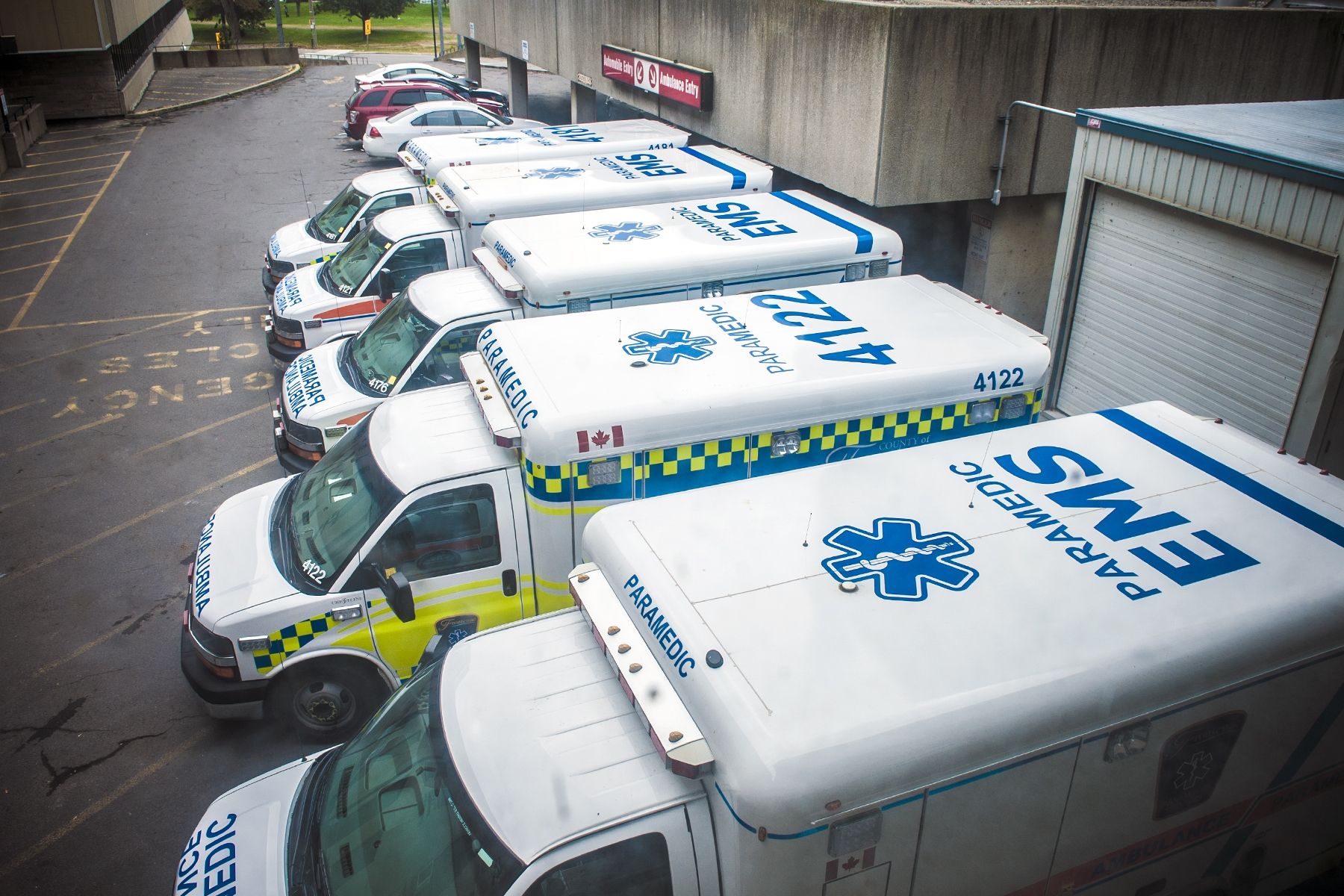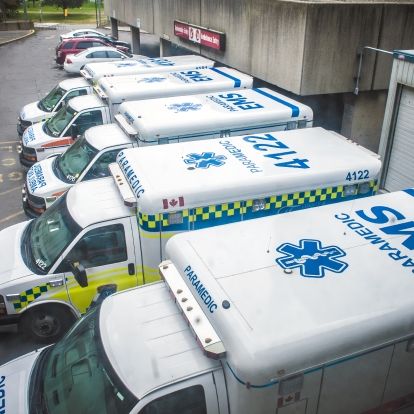Effective immediately masking is required for everyone when present on all inpatient units, in the Emergency Department (ED), the Urgent Care Centre (UCC), and the Children’s Outpatient Centre (COPC).

Kingston General Hospital's Q2 performance report is now available online. One issue it draws attention to is the rise in the number of Code Gridlocks that have been called - one lasting up to 72 hours. It's a troublesome trend that has continued into this quarter.
So what is behind the increase?
The code is called when overall patient needs far outweigh the number of available beds and when we are not able to move patients easily. Once it's called, an overhead message and an e-mail are sent out to let everyone know that extra measures are needed to get patient flow moving. The notice is also sent out to our regional partner hospitals, the Community Care Access Centre (CCAC), transportation services, and the SE LHIN.
"Gridlock is designed to be a step that calls system-wide attention to the congestion that is going on within this organization," says Eleanor Rivoire, VP of Clinical Administration, Professional Practice and Chief Nursing Executive. "We can't solve this problem alone so we are being very transparent with our partners about what's happening at KGH."
The rise in the number of Gridlock calls is a combination of many factors. A flashpoint is often our Emergency Department (ED). It has seen a large increase in the number of patients arriving and a jump in the number who then need to be admitted. In Q2, for example, there were 441 more people admitted from the ED than during the same quarter last year - a nine per cent increase. Work is now underway to understand what's behind this increase.
"We believe that in part it's a reflection of an aging population in our region," says Rivoire. "We are looking at the profile of the patient populations coming into our emergency department as well as those who are later admitted. We must continue to work with our community partners to help reduce, where possible, the need for visits to Emergency, or the requirement for admission and readmission."
Another factor to consider, now that the acute care mental health unit is located at KGH, is an increase in patients with mental health and behaviours issues. Some of these patients have unmet needs within the community and stay in our ED for quite some time until an appropriate living arrangement can be found or care needs can be met, says Rivoire.
The other piece of the puzzle is the rise in the number of patients destined for Alternate Level of Care (ALC) settings. These patients no longer need to be in our acute-care setting but due to various circumstances are still occupying a bed here. At the beginning of this year, we had 26 ALC patients but now have 40, and earlier this year the number was above 50.
Rivoire says this increase is due in part to the closure of 78 long-term care home beds in the Picton area. There has also been an increase in patients waiting to be returned to their community hospitals.
"There is constructive daily communication with other hospitals asking them to include the movement of these patients as part of their day-to-day management," she says.
These are issues the provincial government is well aware of and recently it announced that it's investing another $6.2 million into the CCAC and other community health care programs. One aim will be to provide more in-home care for seniors.
Meanwhile, here at KGH, we are going to keep setting stretch goals in our annual corporate plans to make sure we are continuously improving how we move patients through our own organization.
Rivoire also says that everyone deserves credit for dealing so skillfully with the recent Code Gridlocks.
"Each and every person is owed thanks for the care that's being delivered and supported under some very stressful circumstances in many instances," says Rivoire. "The calibre of work, and the focus on patient safety and quality says so much about our staff."
Gallery


Ambulances parked at the offload ramp of KGH emergency department.



